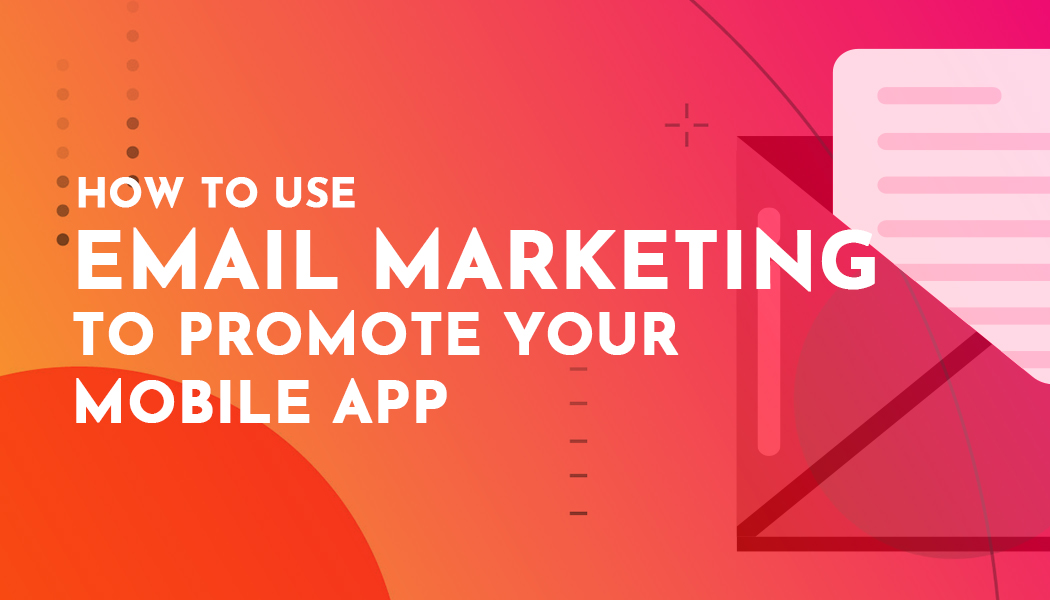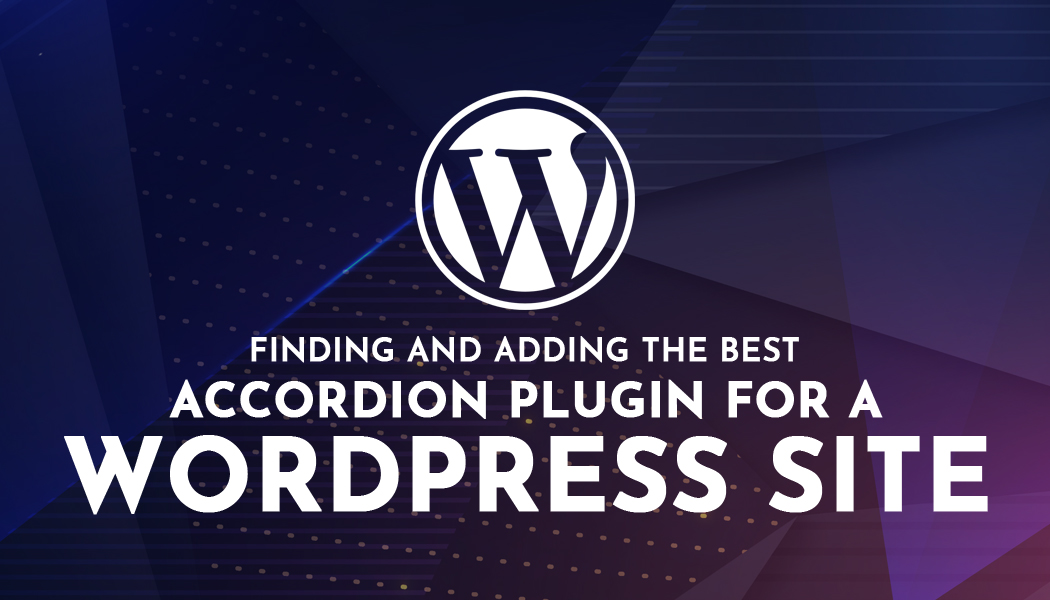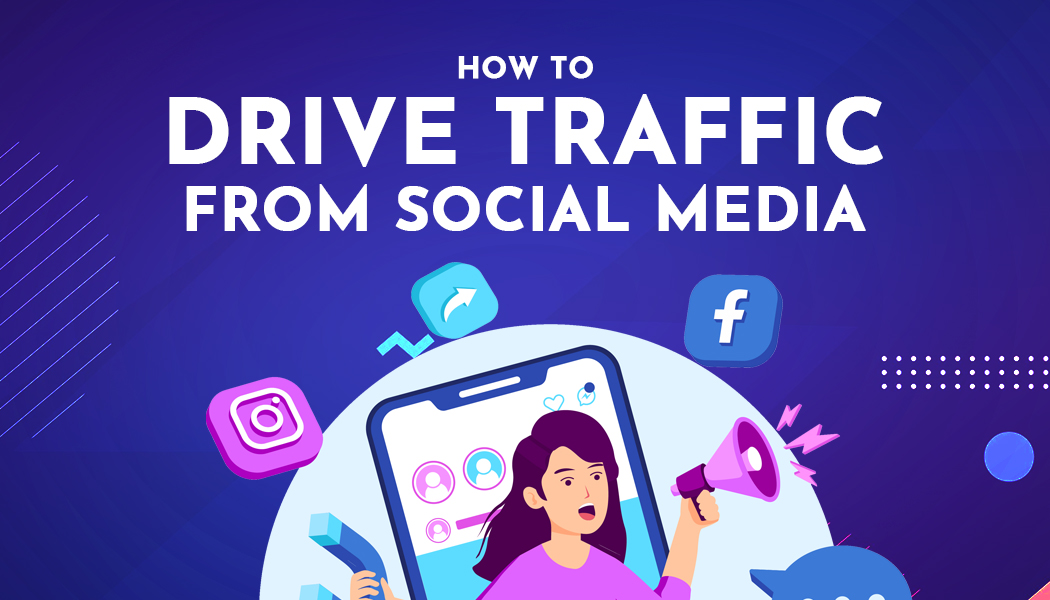How to Use Email Marketing to Promote Your Mobile App: 8 Tips
With the ever-growing popularity of mobile apps, the competition to attract users and boost app downloads has become fiercer than ever. Because of this competitiveness, leveraging effective marketing strategies is crucial to ensure your mobile app stands out from the crowd. One powerful tool in your marketing arsenal is email marketing.
Email marketing offers a direct and personalized approach to engaging with your target audience, nurturing relationships, and driving app downloads. In this article, we’ll explore the strategies and tactics for using email marketing to promote your mobile app.
You’re going to discover the process of building an email list of engaged and interested users, and how to optimize your email campaigns to maximize their impact. It doesn’t matter whether you're a seasoned marketer or a novice app developer. This guide will provide you with actionable insights and practical tips to harness the power of email marketing.

Tips to Use Email Marketing for Mobile Apps
Below are tips on how to use email marketing to promote your mobile app. They include strategies to use when you’re collecting email addresses to the time you’re sending email campaigns.
1. Properly Define Your Audience
The first and crucial step in utilizing email marketing to promote your mobile app is defining your target audience. Understanding who your app is designed for and identifying their specific needs, preferences, and pain points will enable you to create tailored and compelling email campaigns that resonate with your audience.
Start by conducting thorough market research to gain insights into the broader market landscape and your competitors. Identify the key demographics, psychographics, and behaviors of potential users who are likely to be interested in your mobile app. Utilize market research tools, industry reports, and competitor analysis to gather relevant data.
If you already have an existing user base, analyze their demographics, behaviors, and preferences. Look for patterns and commonalities among your most engaged users. Identify their motivations for using your app and any pain points it addresses. It’s only after understanding your target audience that you can properly tailor your list-building and email marketing strategies to them.
2. Tweak App Landing Pages for Email Sign-Ups
Optimizing your app landing pages for email sign-ups is a crucial aspect of leveraging email marketing to promote your mobile app effectively. Creating a seamless and compelling page experience is how you encourage visitors on your landing pages to provide their email addresses and join your email list, possibly through well-implemented email list builders.
Keep your landing page design clean, visually appealing, and focused on the key message. Avoid clutter and distractions that may divert visitors' attention away from the end game.
Also, place a prominent and visually appealing call-to-action button or form on your landing page to capture visitors' attention. Use persuasive copywriting that clearly communicates the value of subscribing to your email list and how it can enhance their app experience. Ensure that the CTA stands out and is easily accessible, guiding visitors to take the desired action of providing their email address in the sign-up form.
3. Optimize the Email Sign-up Form
It does a lot of good if you optimize your email sign-up forms. The key things to focus on here are form length and complexity.
Keep your email sign-up form short, concise, and user-friendly. Minimize the number of required fields to reduce friction and make it quick and easy for visitors to submit their information.
Ideally, ask for only essential details such as name and email address. You can always gather additional information later through progressive profiling techniques.
4. Creating a Compelling Opt-In Incentive
Creating a compelling opt-in incentive is a crucial strategy for attracting visitors to subscribe to your email list. An opt-in incentive, also known as a lead magnet, is a valuable resource or offer that you provide to potential subscribers in exchange for their email addresses. It’s a great addition to the usual sign-up form you may already have on your landing pages for email sign-ups.
Since you had earlier defined your audience, it becomes easier to create an opt-in that fits needs, challenges, and desires. This could be in the form of e-books, whitepapers, guides, checklists, templates, or reports. Make sure the content is actionable, informative, and addresses a specific pain point or solves a problem for your audience.
You could even offer special discounts, coupons, or promotions exclusively for subscribers. This could be a discount on your app's premium features, a limited-time offer, or early access to new updates. Providing financial incentives can motivate users to sign up and engage with your app.
5. Implement Email Verification
It would be wise to implement email verification on the email sign-up forms of your web pages. This ensures that users only submit complete email addresses in the right format.
Most form builders have this setting and it’s enabled by default. If someone enters their email address in the wrong format, it doesn’t go through.
Now, you could also verify the collected email addresses of users using some of the best email validation tools. Such tools allow you to do a bulk check and remove any invalid email addresses on your list. This way, you avoid high bounce rates, protect your sender reputation, and increase opening and conversion rates.
6. Segment Your Email List
Segmenting your email list based on user preferences and behavior is a powerful strategy that allows you to personalize your email campaigns and deliver targeted content to specific segments of your audience. By dividing your email list into meaningful segments, you can tailor your messaging, offers, and recommendations to match the unique needs and interests of each group.
You can leverage customer and prospect data from your CRM system to quickly create segment your email list. This could be based on criteria such as industry, market segment, size and location.
In addition, you can leverage AI email automation to automate the process of segmenting your email list. These assistants use natural language processing and machine learning algorithms to analyze your subscribers' behavior and preferences and automatically segment them into relevant groups.
Segmenting your email list also allows you to implement effective customer retention strategies. You can identify users who haven't engaged with your app in a while and send targeted re-engagement campaigns to bring them back. Offering personalized incentives, feature updates, or exclusive content can rekindle their interest and encourage ongoing app usage.
7. Leverage Positive Reviews and Testimonials in Email Content
Positive reviews and testimonials serve as social proof, showcasing that real people have had a positive experience with your app. When subscribers see that others have benefited from and enjoyed your app, it builds trust and credibility in your brand. Trust is a crucial factor in convincing potential users to download and engage with your app.
Also, positive reviews and testimonials act as persuasive tools that can influence purchasing decisions. You can enjoy such benefits if your app is a paid one or has in-app purchases. By highlighting the positive experiences of satisfied customers, you provide evidence of your app's value and quality.
Remember to obtain proper consent from customers before using their testimonials or reviews in your email content. Also, be transparent and authentic by including the customer's name, photo, and any relevant details that add credibility to their feedback.
8. Track and Analyze Email Campaign Performance
Tracking and analyzing email campaign performance is essential for understanding the effectiveness of your email marketing efforts and making data-driven decisions to optimize your campaigns.
If you monitor key metrics and analyze the data, you can gain valuable insights into subscriber behavior, engagement levels, and overall campaign success. Some of the key metrics to track are open rates, click-through rates, conversion rates, and bounce rates.
Tracking performance metrics also allows you to conduct A/B testing and optimize various elements of your email campaigns. Test different subject lines, email designs, call-to-action buttons, and content formats to identify what drives the highest engagement and conversions. Analyze the results of these tests and implement the most successful strategies to improve future campaigns.
Conclusion
In conclusion, email marketing is a powerful tool for promoting app downloads and driving user engagement. By implementing the strategies discussed in this article, you can build a strong email list and effectively leverage email campaigns to increase app downloads. Remember to continually experiment, analyze results, and adapt your approach to meet the evolving needs and preferences of your audience.




